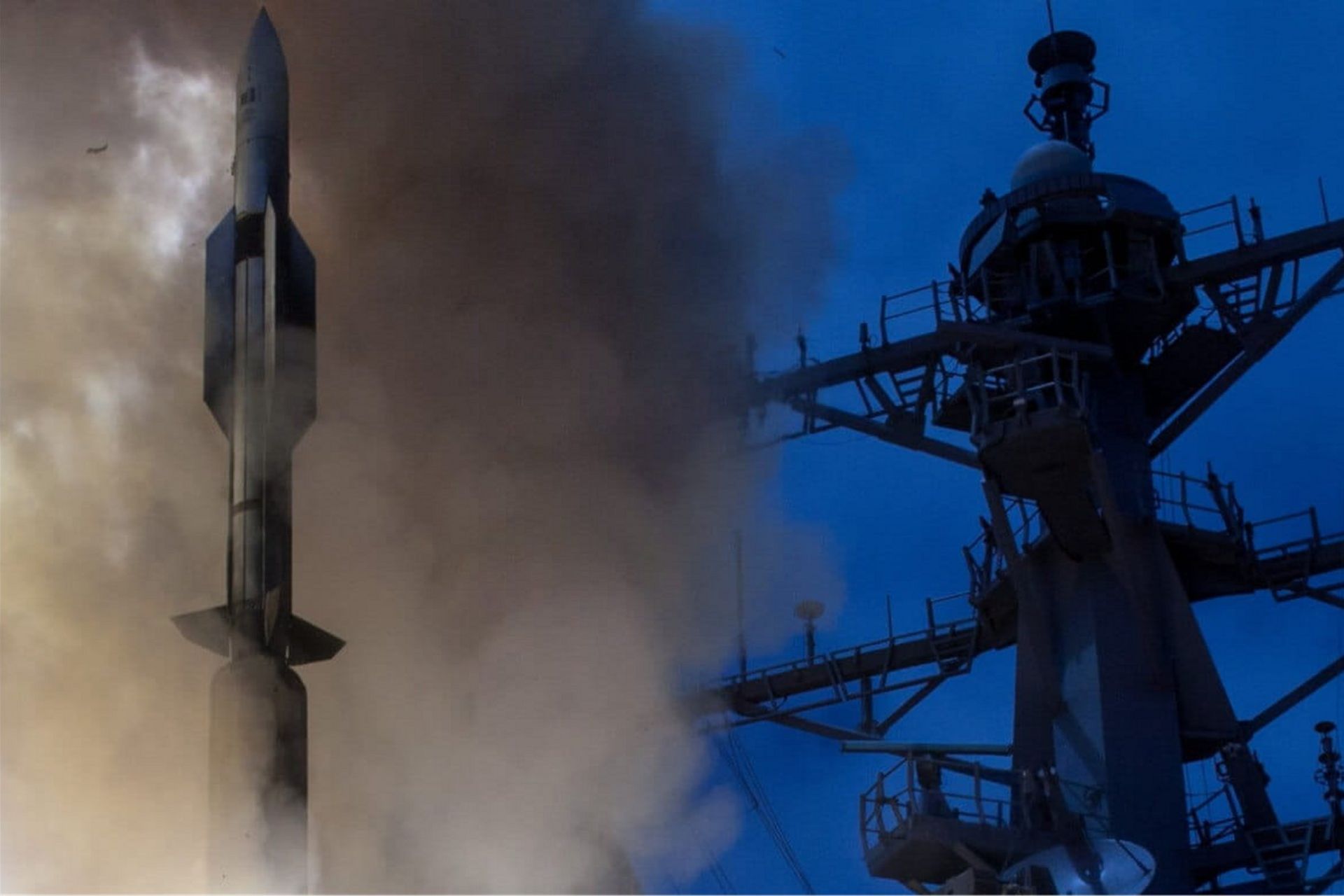Breaking News
Australia strengthens Air and Missile Defense with US Agreement.
According to information published by the Australian DoD on October 22, 2024, the Albanese Government will bolster Australia’s air and missile defence under a $7 billion agreement with the United States to acquire long-range missiles. This deal will see the Australian Navy equipped with advanced Standard Missile 2 Block IIIC (SM-2 IIIC) and Standard Missile 6 (SM-6) systems.
Follow Army Recognition on Google News at this link

Standard Missile‑6. (Picture source: Raytheon)
The SM-2 Block IIIC, with its active radar homing technology, offers improved target acquisition and engagement capabilities compared to its predecessors. This missile will likely replace Australia's older SM-2 Block IIIB stock, providing enhanced anti-air warfare (AAW) against advanced aerial threats such as anti-ship missiles and aircraft.
The missile can operate without the ship’s continuous radar illumination, giving RAN vessels greater flexibility in multi-target environments. The SM-2 IIIC's extended range of around 167 km (90 nmi) ensures robust protection over a wider area, making it well-suited for fleet and self-defense.
The SM-6, however, takes these capabilities a step further. It is a versatile missile that combines long-range air defense with anti-ship and potentially ballistic missile defense. The SM-6 leverages its ability to connect with external sensors, such as those on F-35 fighters, enabling over-the-horizon targeting.
This feature dramatically extends the reach of Australia’s Hobart-class destroyers and future Hunter-class frigates, allowing them to engage threats from farther distances, well beyond their own sensor ranges. The addition of SM-6 could also provide Australia with a theater-level air defense system, capable of engaging threats like cruise missiles and intermediate-range ballistic missiles.
Technical comments
These missiles, part of Australia's Defense Strategy Update and Force Structure Plan, are key to achieving its "forward defense" doctrine, which aims to deter threats at greater distances from Australia's shores.
A primary strategic goal for Australia is to maintain regional stability and protect vital sea lanes, particularly as maritime traffic through the Indo-Pacific underpins much of its trade and energy imports. With growing concerns about China's military expansion, especially in the South China Sea and near Australia’s northern approaches, the ability to counter advanced threats—such as aircraft, cruise missiles, and potentially ballistic missiles—has become critical.


























